The Heritage Farm Collection: 'Igleheart Yellow Cherry' Tomato
/The ballots are in… Igleheart Yellow Cherry Tomato was selected as the best tasting tomato at Seed Savers Exchange in 2015!
Read MoreThe ballots are in… Igleheart Yellow Cherry Tomato was selected as the best tasting tomato at Seed Savers Exchange in 2015!
Read MoreSeed Savers Exchange (SSE) has been holding tomato tastings for ten years. The events have always been popular and we often have guests attending from across the country. But if you can’t make the trek to Heritage Farm in Northeast Iowa, here's how you can set up a tasting of your own.
Read MorePerhaps the only thing that the staff a Seed Savers Exchange love more about their jobs than growing plants is actually getting to eat some of the amazing fruits that these plants produce. As part of our work here we get to take part in taste evaluations and no evaluation is more anticipated and beloved than our Annual Tomato Tasting.
Read MoreDue to the popularity of our on-site Tomato Tasting, and the wild success of last year’s Apple Tasting event in Des Moines, we had the idea to hit the road with our tomatoes. As we began developing plans for a Tomato Tasting Block Party at the Tiny Diner in Minneapolis, we got inspired to expand beyond our initial vision for an off-site outreach effort.
Read MoreDespite concerns that our tomatoes would not ripen in time for the event, over 40 heirloom and open-pollinated tomato varieties (and one mega-mart hybrid tomato) competed for the title of this year's favorite. SSE staff, friends, and family brought tomatoes from gardens across northeast Iowa and Wisconsin to serve over 800 event attendees.
Read MoreThe results are in! The following tomatoes received the most votes at Seed Savers Exchange's 7th Annual Tomato Tasting and Seed Saving Workshop:
Read More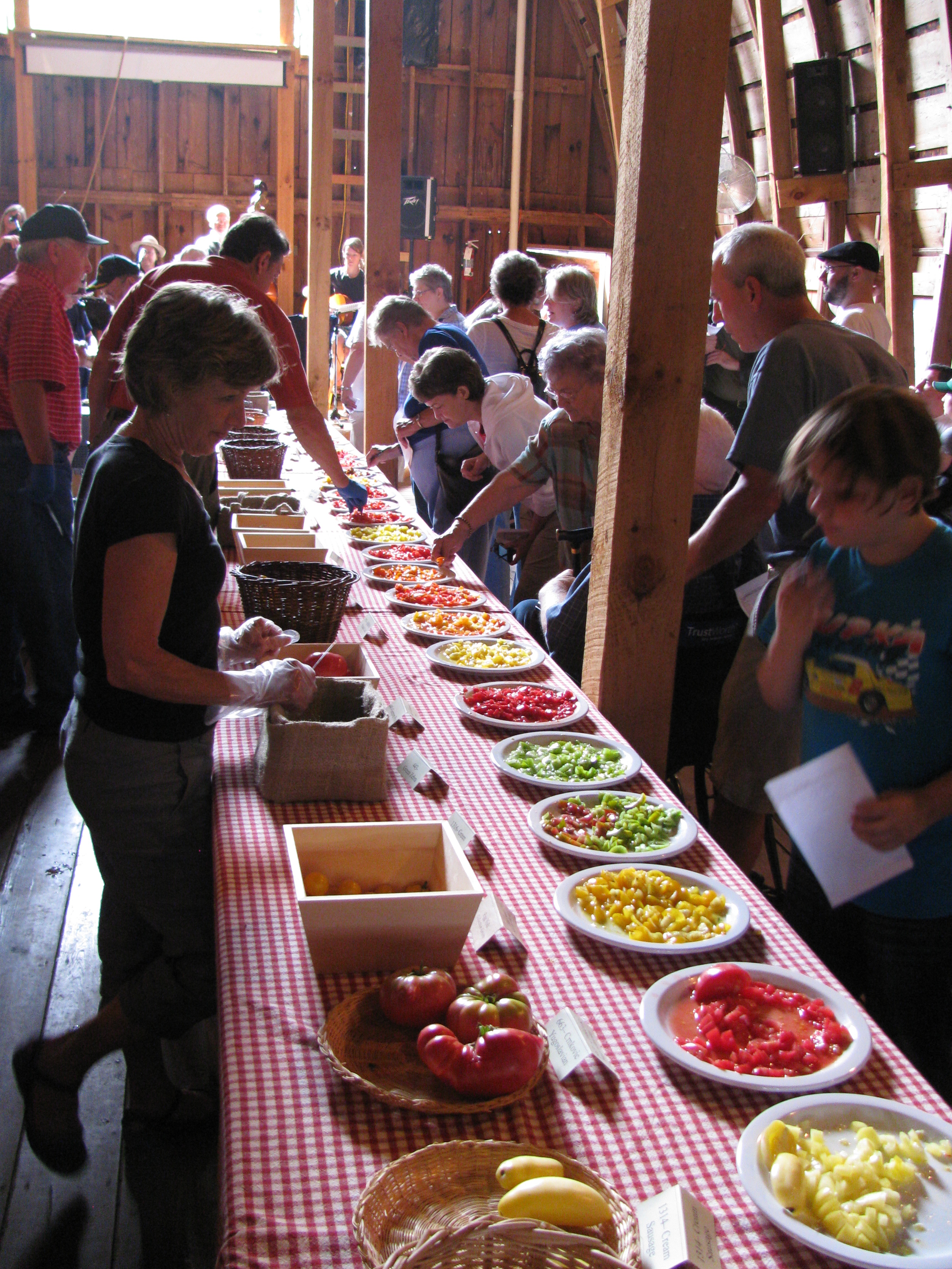
Seed Savers Exchange near Decorah, Iowa, is hosting a free Tomato Tasting and Seed Saving Workshop on Saturday, September 1, 2012. The Tomato Tasting will run from 1:00 – 4:00 pm, offering visitors the opportunity to sample a wide variety of heirloom tomatoes and learn how to save tomato seeds.
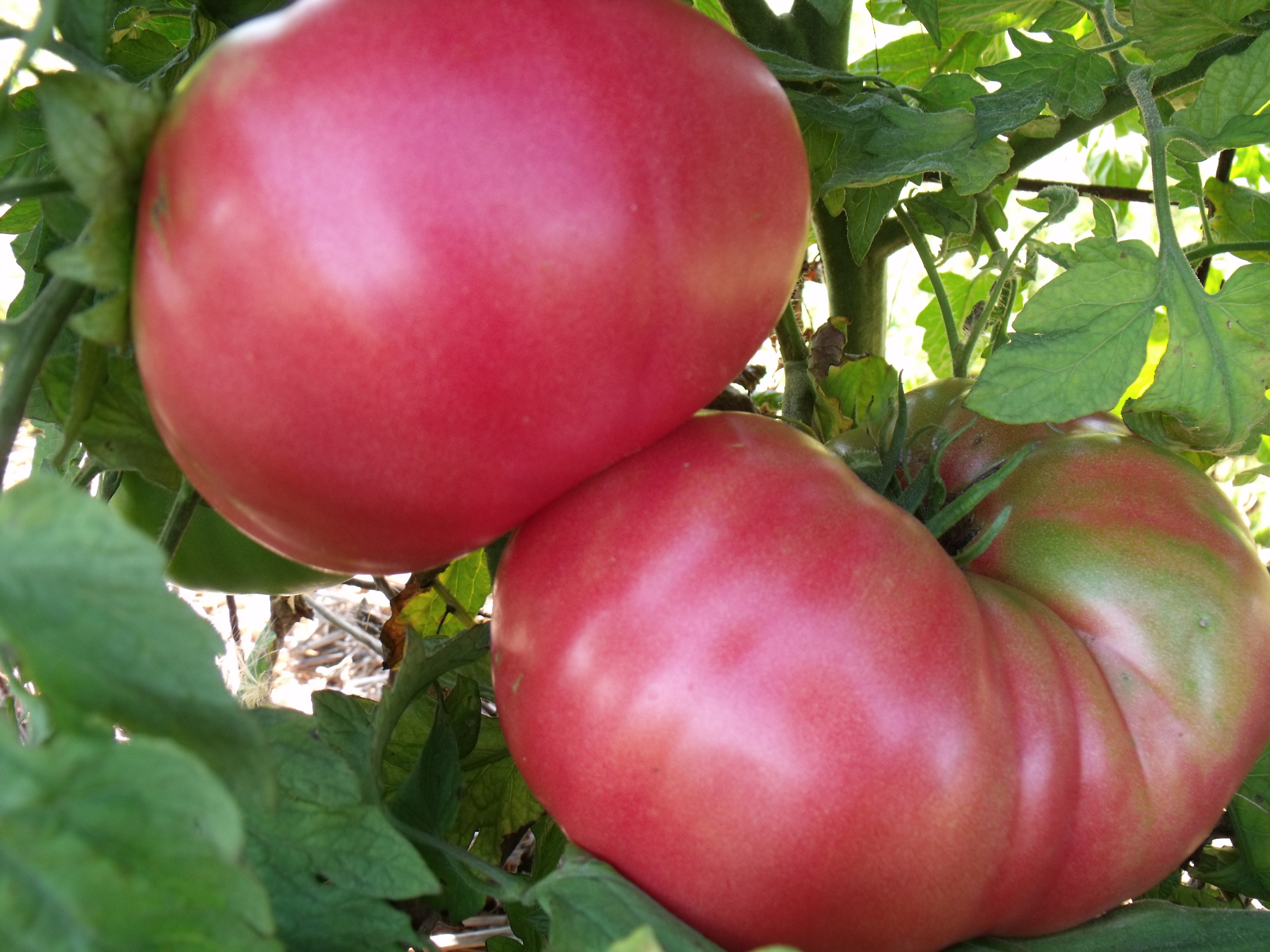
The event will be held at the Lillian Goldman Visitors Center. More than 40 varieties of tomatoes of all colors and sizes will be available, including yellow cherry, pink beefsteak, striped stuffing, red grape and green roma’s. This year’s tasting will include 10 rare varieties from Seed Savers Exchange’s seed bank collection. Last year, Dester, a beefsteak tomato from the rare varieties was voted most popular.
The Oneota Food Co-op in Decorah is sponsoring this year’s Salsa Contest. Limited to 25 entrants, applications are available at the Co-op, by calling 563-382-4666, and online at www.oneotacoop.com. The registration deadline is Monday, August 27. The co-op will also be providing food for purchase during the event.
 There will be tomato seed saving workshops beginning at 12:00 noon featuring Seed Savers Exchange staff as well as tomato advisor and expert Craig LeHoullier. LeHoullier will give two talks, Tasting the Biodiversity of Tomatoes and Tomatoes with Great Stories and Great Flavors. Visitors will be able to tour Seed Savers Exchange’s tomato gardens. Guided hayride tours begin at 12:00 noon and are scheduled for every 45 minutes.
There will be tomato seed saving workshops beginning at 12:00 noon featuring Seed Savers Exchange staff as well as tomato advisor and expert Craig LeHoullier. LeHoullier will give two talks, Tasting the Biodiversity of Tomatoes and Tomatoes with Great Stories and Great Flavors. Visitors will be able to tour Seed Savers Exchange’s tomato gardens. Guided hayride tours begin at 12:00 noon and are scheduled for every 45 minutes.
“This family event gives people the opportunity to experience the wide diversity of tomatoes available, and learn how to improve their own gardening experience,” says Diane Ott Whealy, co-founder of Seed Savers Exchange. The event will include music with special activities planned for kids.
All events are free to the public.
Founded in 1975, Seed Savers Exchange operates an 890-acre farm in northeast Iowa where thousands of rare fruit, vegetable, and other plant varieties are regenerated and preserved in a central collection. Its non-profit mission is conserving and promoting America’s culturally diverse but endangered food crop heritage for future generations by collecting, growing, and sharing heirloom seeds and plants. For information visit www.seedsavers.org
For more information contact:
Shannon Carmody Seed Savers Exchange shannon@seedsavers.org 563-387-5630
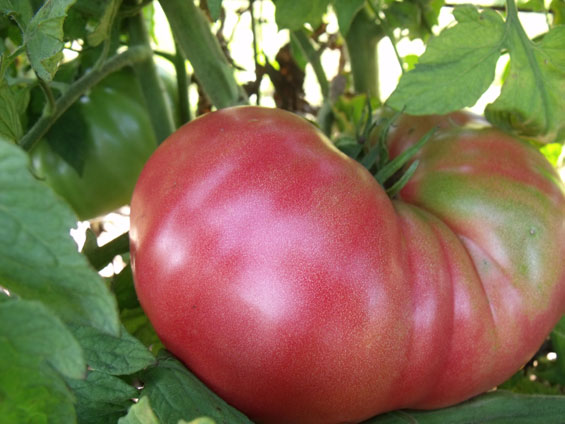
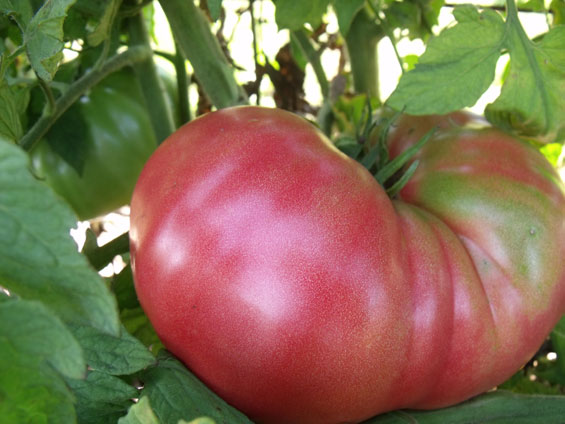 The ‘Dester’ took home the blue ribbon at the 6th Annual Tomato Tasting and Seed Saving Workshop at Heritage Farm last weekend. With over 40 varieties in the lineup, the competition was steep for this year’s unlikely winner.
The ‘Dester’ took home the blue ribbon at the 6th Annual Tomato Tasting and Seed Saving Workshop at Heritage Farm last weekend. With over 40 varieties in the lineup, the competition was steep for this year’s unlikely winner.
The ‘ Dester’ tomato was something of a Cinderella story from the SSE trial gardens. Every year our commercial crew grows out a number of new varieties from the collection or from member-growers to discover new offerings for the SSE catalog. This year a champion was born! The ‘Dester’ is a large, full-flavored, pink beefsteak tomato. It was the first tomato on the sampling line, yet the flavor stuck in visitors’ minds when it came time to cast their vote—more than 40 tomato samples later.
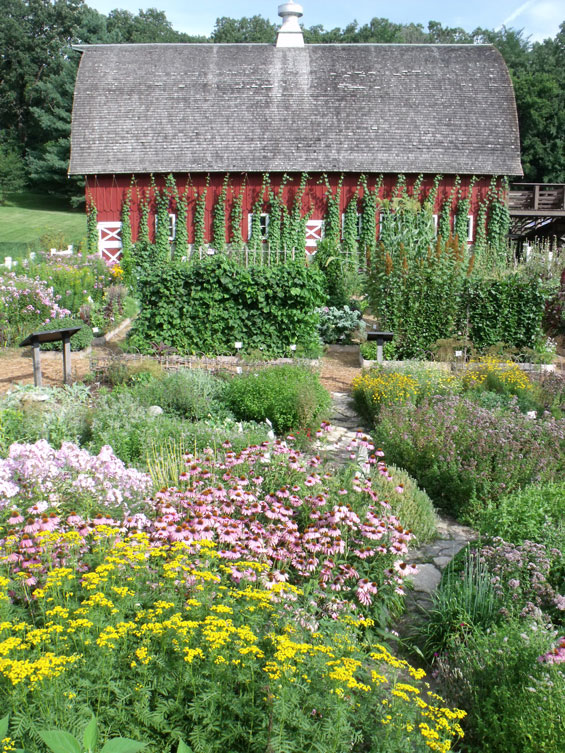 Other top finishers included last year’s favorite, ‘Lemon Drop,’ a small yellow-green cherry tomato with a sweet—almost tart—flavor, and ‘Black Sea Man,’ a Russian heirloom with brownish-pink fruit and full-bodied or “complete” flavor, as one participant put it. The salsa tasting line featured 14 homemade recipes. Ironically, the blue ribbon went to Anne Sheahan’s Mango Salsa, proving the eclectic pallets of this year’s voters. (We’ll try to get the heirloom tomato version of the recipe for next year!)
Other top finishers included last year’s favorite, ‘Lemon Drop,’ a small yellow-green cherry tomato with a sweet—almost tart—flavor, and ‘Black Sea Man,’ a Russian heirloom with brownish-pink fruit and full-bodied or “complete” flavor, as one participant put it. The salsa tasting line featured 14 homemade recipes. Ironically, the blue ribbon went to Anne Sheahan’s Mango Salsa, proving the eclectic pallets of this year’s voters. (We’ll try to get the heirloom tomato version of the recipe for next year!)
Visitors passed through the display gardens snapping pictures of the towering, 10-foot-tall ‘Hot Biscuits’ amaranth, and the barn wall completely covered in ‘Grandpa Ott’s’ morning glory on their way to seed saving workshops.
SSE tomato advisor Craig LeHoullier was back by popular demand to provide a personal and passionate introduction to the cult of the heirloom tomato, including a list of the tomatoes he would choose to be stranded with on a desert island. (In case you’re wondering, or planning for a "three-hour tour," his list included ‘Cherokee Purple,’ ‘Lucky Cross,’ and ‘Cherokee Chocolate’.)
Craig’s talk was followed by a lively question and answer session, which gave him a chance to show off his encyclopedic knowledge of heirloom tomatoes and their histories. He even managed to dispel a few myths before breaking for a trip through the tomato tasting line. (Don’t believe the hype, says LeHoullier there’s no such thing as a low-acid or disease-resistant tomato!)
“The joy of gardening is that there are no absolutes,” said LeHoullier before prompting the crowd for their favorite qualities of heirloom tomatoes.
Meanwhile SSE staff led a hands-on workshop on saving tomato seeds.
“One thing I try to remember when saving seed at home is that I don’t need 100 fruit to get started,” said workshop facilitator and SSE Horticultural Technician Gabi Masek. “Two to five is really all you need!”
The workshop covered everything first-time seed savers would need to know to start saving their own seed, including ideas of what to do with extra seeds, like trying a home germination test.
While the adults took notes at the workshops and tasting tables, the kids displayed the fun factor of heirloom tomatoes with a tomato toss and ketchup-making activity led by SSE Display Gardener Grant Olsen.
“I already have a few ideas of how to make the tomatoes a little sloppier for next year’s toss,” said Olsen with a grin.
Whether you were tasting, tossing, or taking notes, we hope everyone walked away from this year’s Tomato Tasting and Seed Saving Workshop with a little inspiration for their own gardens.
And if you missed the event, here are a few tomato seed saving tips to help you get get started:
In nature, ripe tomatoes fall from the plant and slowly rot exposing the seeds, allowing natural weathering to break down the slimy gelatinous coating on the seed. This is easily replicated through the process of fermentation. To save tomato seed, seed savers must deliberately remove the coating from the tomato seed. Here’s how:
But don’t forget to follow the most important rule: Put a label on everything, every step of the way. Because in the words of our collection curator, “No one wants to plant something, thinking they have one variety and end up with something else.”
Note from a seed saver: Tomatoes will, most commonly, self-pollinate, so seeds saved will remain ‘true to type’ without worrying about cross-pollination. However, there are always exceptions. Some tomatoes can cross pollinate, this is dependent on many factors such as flower shape, environment, and biodiversity. To ensure seed purity you may want to plant only one variety or spread different varieties throughout your garden.
Seed Savers Exchange is a nonprofit, member supported organization that collects, preserves and shares heirloom seeds for our future. Since 1975, SSE and our supporters have collected the seeds and stories that would otherwise have been lost.











Seed Savers Exchange is a tax-exempt 501(c)3 nonprofit organization dedicated to the preservation of heirloom seeds.
Seed Savers Exchange
3094 North Winn Road
Decorah, Iowa 52101
Send Us A Message
(563) 382-5990
Customer Service Hours:
Monday to Friday, 9am - 5pm CST
© 2020 Seed Savers Exchange